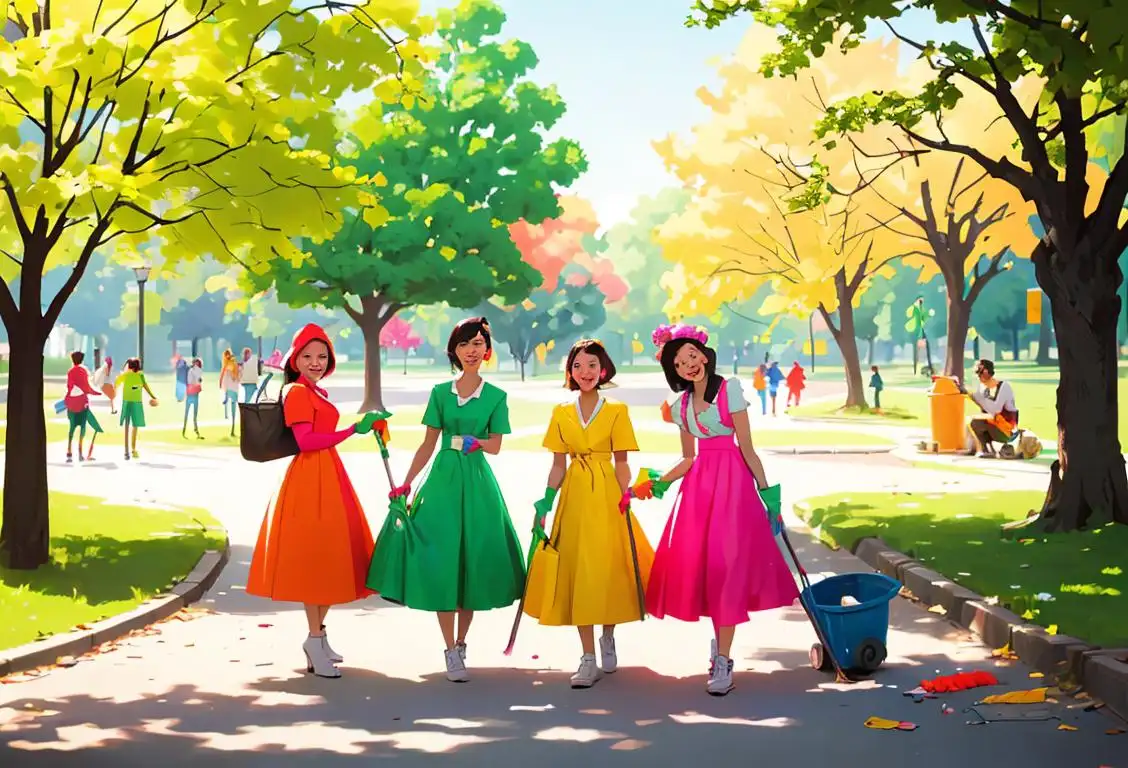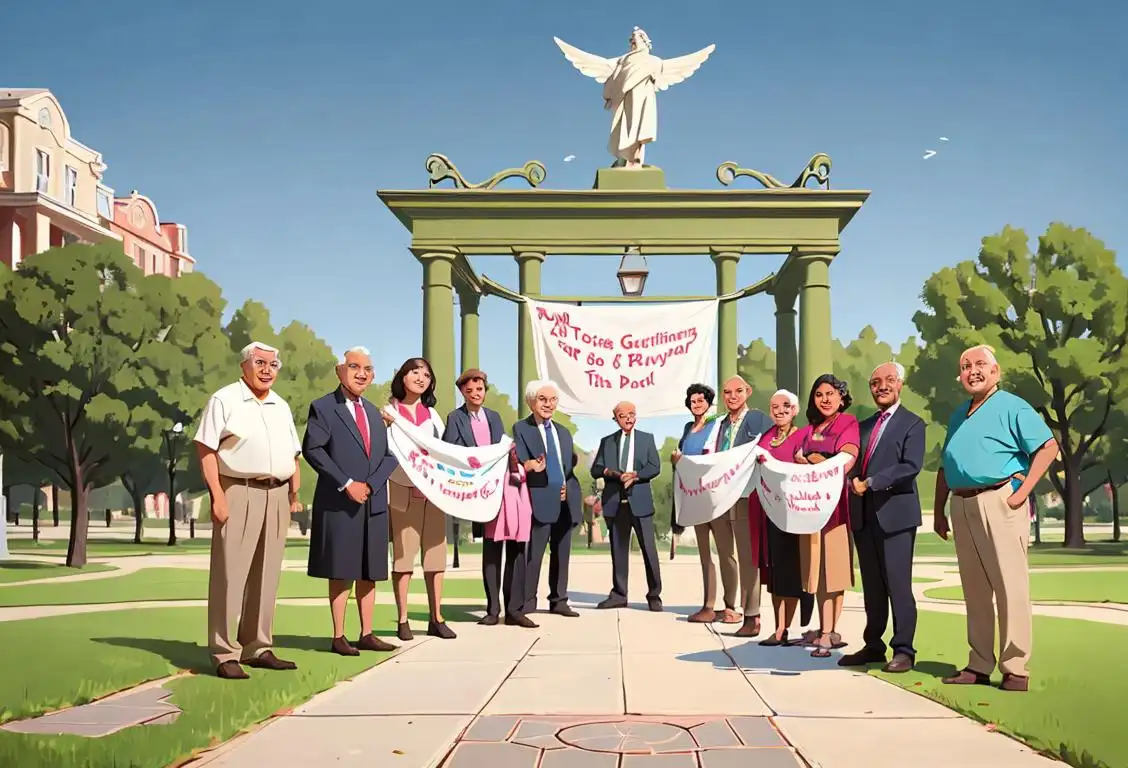National Garbage Day

Welcome to the wacky world of National Garbage Day! Brace yourself for a trash-tastic adventure that will make you see garbage in a whole new light. From the origin of this peculiar day to some fun facts that'll blow your mind, we've got you covered. So put on your rubber gloves and get ready to dive into the dumpster of knowledge!
When is Garbage Day?
It's national garbage day on the 18th May.
Where It All Began
Let's take a trip down memory lane to discover the internet history of National Garbage Day. It all started on a fateful day when a group of environmentally conscious netizens decided to raise awareness about the importance of waste management. With overflowing landfills and pollution threatening our planet, they wanted to create a day where people could reflect on their trashy habits and make positive changes.
Soon, social media platforms were buzzing with hashtags like #CleanUpYourAct and #NoTrashLife, sparking conversations about how we can minimize waste and maximize our environmental impact. National Garbage Day quickly gained traction as people from all walks of life joined in the trash revolution.
The Celebration
Each year on National Garbage Day, individuals and communities come together to celebrate and take action. It's a day dedicated not only to cleaning up our physical surroundings but also to decluttering our minds and hearts. Whether it's organizing a neighborhood cleanup, recycling old items creatively, or spreading awareness through online campaigns, there's no shortage of ways you can participate in this garbage gala.
For those who want a more hands-on approach, you can don your favorite rubber gloves and hit the streets armed with trash bags, gloves, and a determination to make a difference. Pick up litter in your area and inspire others to follow suit. Who knows, you might even find some hidden treasures amidst the trash!
Don't Trash These Fun Facts
Did you know that the United States alone produces over 250 million tons of trash each year? That's enough trash to stretch to the moon and back...14 times! Talk about a garbage extravaganza! So next time you're about to throw something away, take a moment to ponder the sheer scale of our trashy habits.
Another mind-boggling fact is that the world's largest landfill, known as the Fresh Kills Landfill, was once located in Staten Island, New York. Covering an area of over 2,200 acres, it was even visible from space! It's a reminder of how our consumption patterns can have far-reaching consequences.
Taking Out the Trash (Tags)
Now that you're armed with all this garbage knowledge, let's dive into some tags that perfectly capture the essence of National Garbage Day: awareness, fun, rememberance, environment, community, sustainability. Embrace the trashy spirit and spread the word about this day dedicated to cleaning up our act.
History behind the term 'Garbage'
1388
Emergence of the term 'garbage'
In the year 1388, the term 'garbage' entered the English language. It derived from the Middle English word 'garbege' or 'garbelage', which originally meant the offal or waste parts of a butchered animal. However, its usage expanded to include any waste material or discarded items.
1895
Introduction of municipal garbage collection
By the year 1895, the concept of municipal garbage collection was introduced in the United States. This marked a significant development in waste management practices. City authorities created teams of workers who would collect household garbage, reducing the burden on individual residents to dispose of their waste.
1937
First garbage disposal unit
In the year 1937, the first residential garbage disposal unit (also known as a garbage disposal or insinkerator) was invented by architect John W. Hammes. This invention revolutionized kitchen waste disposal by grinding food waste into tiny particles that could be easily flushed down the drain, reducing the amount of garbage sent to landfills.
1970
Rise of environmental awareness
In the 1970s, a wave of environmental awareness swept across the world. The negative impact of excessive garbage accumulation on the environment became a growing concern. As a result, recycling programs and waste reduction initiatives gained popularity, encouraging individuals to minimize their garbage output and adopt sustainable practices.
1997
International Waste Hierarchy
In 1997, the international community established the Waste Hierarchy, which sets priorities for waste management strategies. The Waste Hierarchy promotes a hierarchical order of actions: prevention, minimization, reuse, recycling, energy recovery, and as a last resort, disposal. This approach emphasizes the importance of reducing and recycling waste to preserve natural resources and minimize environmental impact.
Did you know?
Did you know that the United States alone produces over 250 million tons of trash each year? That's enough trash to stretch to the moon and back...14 times!Tagged
awareness fun rememberance community environment sustainabilityFirst identified
18th May 2019Most mentioned on
18th May 2019Total mentions
57Other days
Garbage Day
Plantation Day
Philanthropy Day
Energy Conservation Day
Arbor Day
Pollution Control Day
First Responders Day
Random Acts Of Kindness Day
Thank A Police Officer Day
Good Neighbor Day








